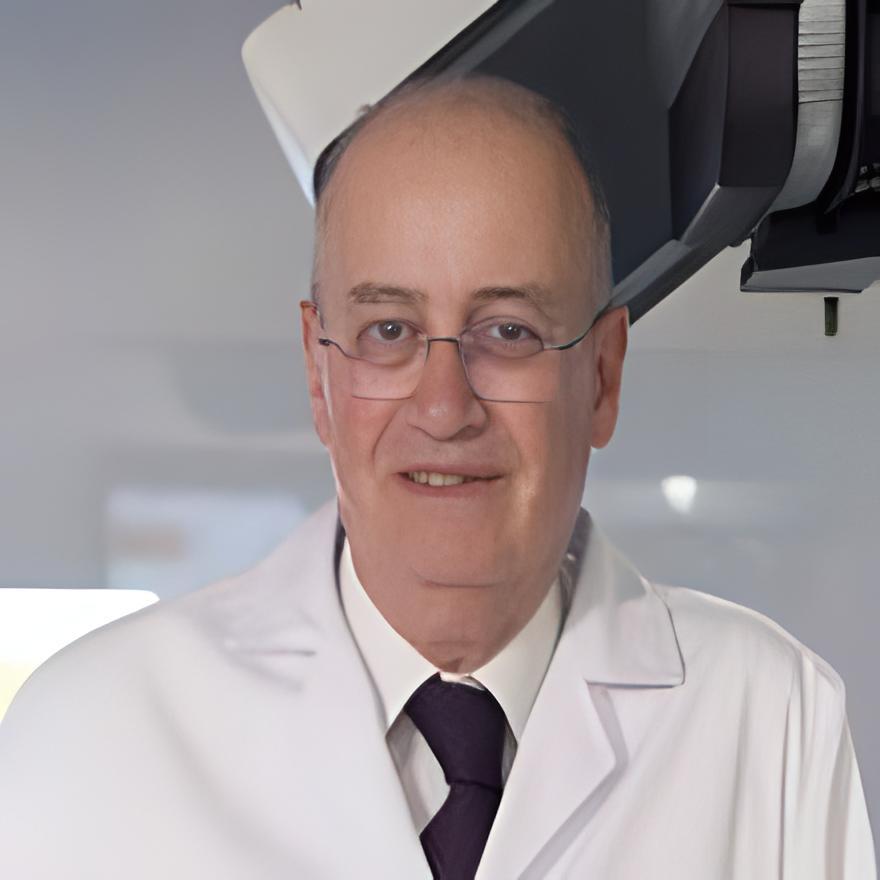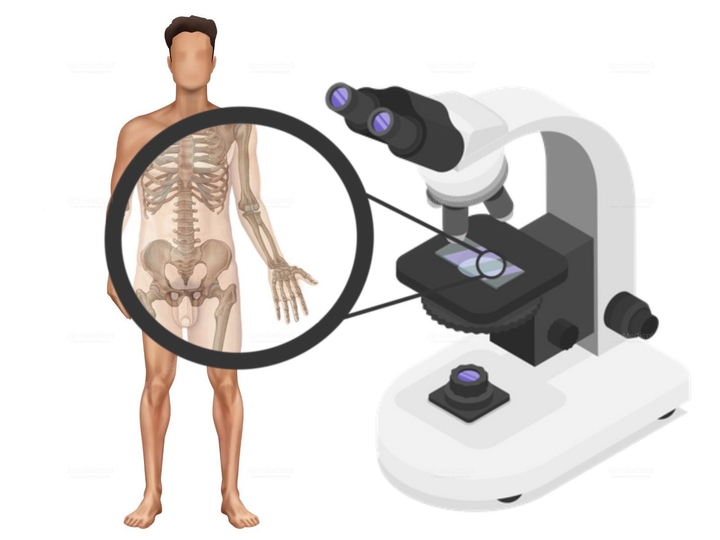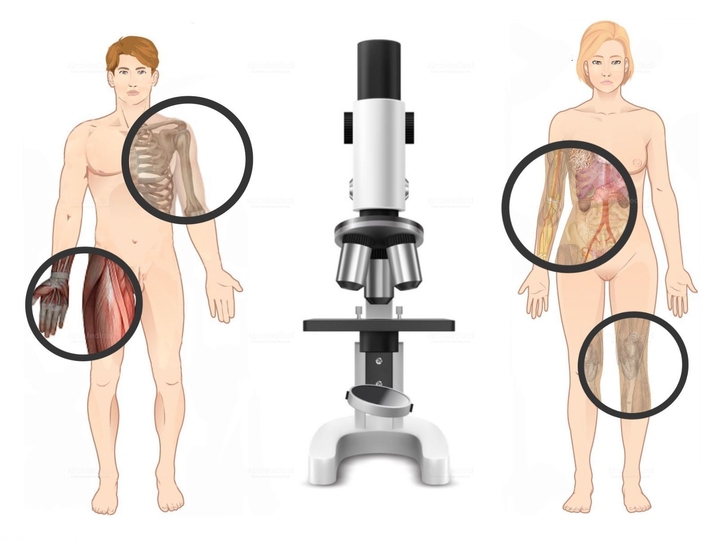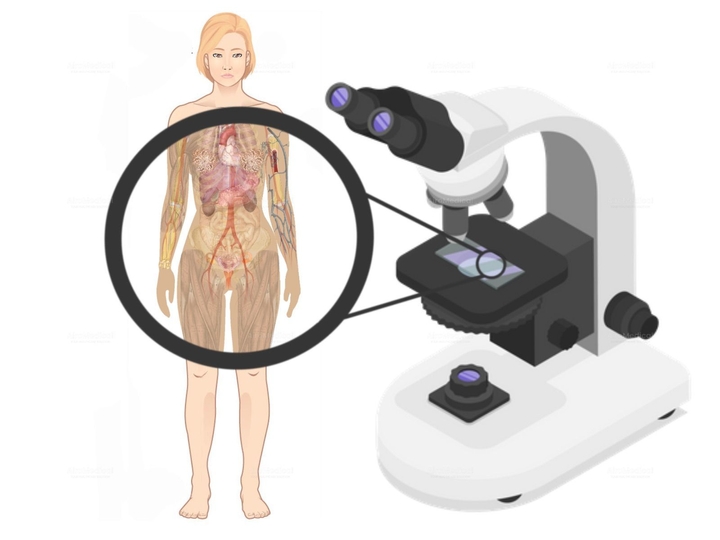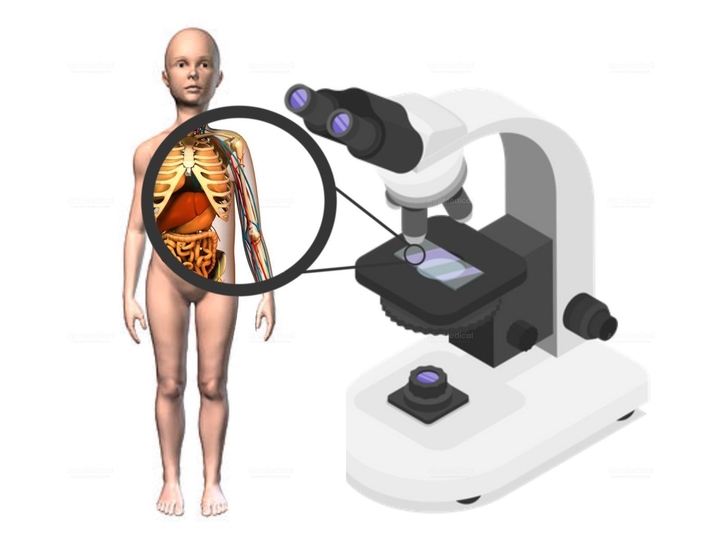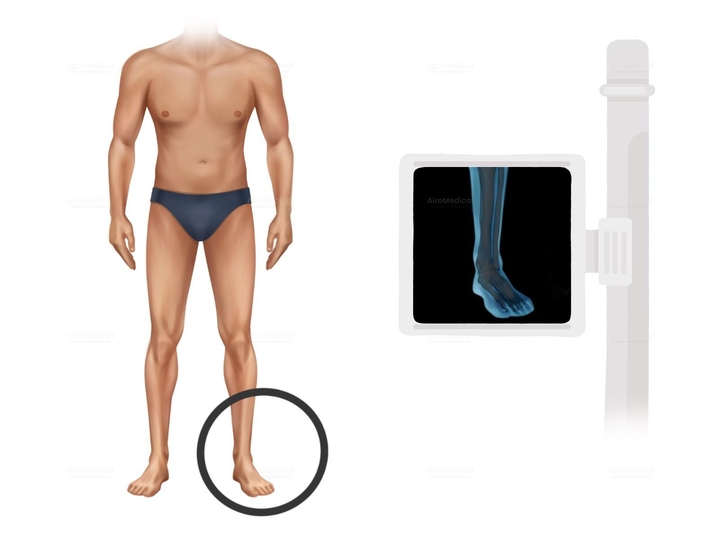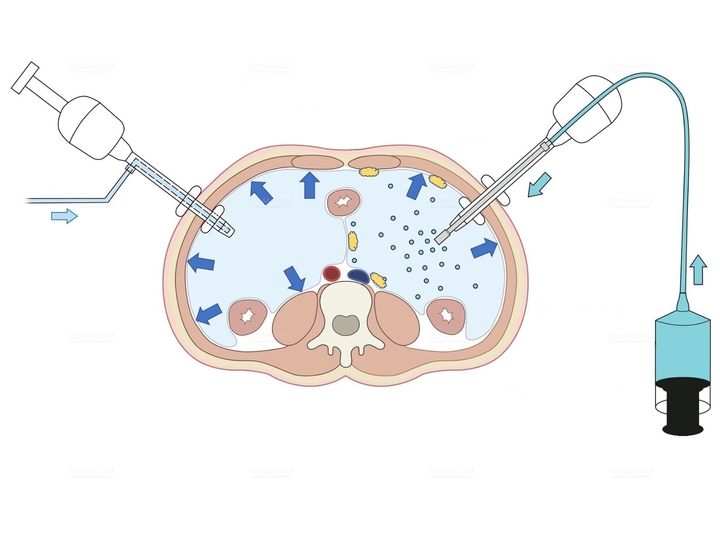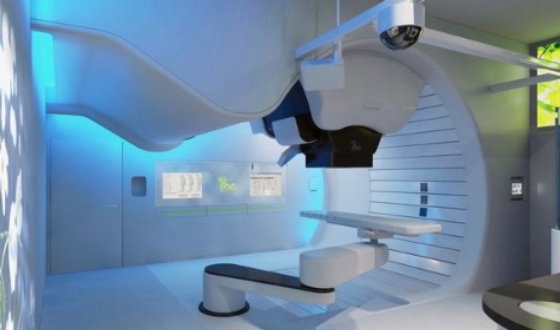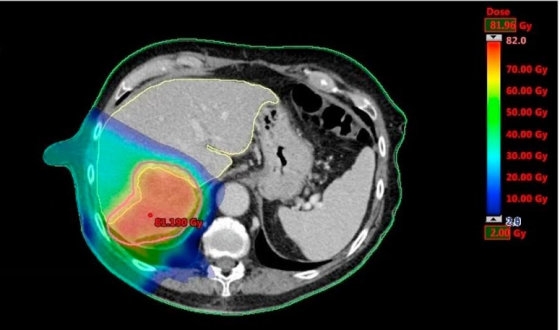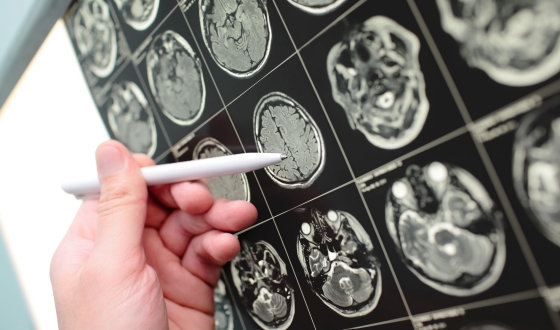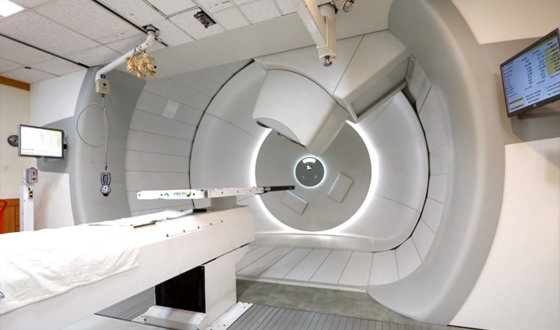Proton therapy Worldwide: Best Hospitals, Doctors, Options, & Cost
Update: Dec 15, 2025
Best hospitals for proton therapy worldwide
Top doctors for proton therapy worldwide
Top offers
Cost for proton therapy worldwide
Proton therapy€65,910 - 93,715
How AiroMedical can help you
Global medical travel platform for searching and booking treatments.
Read more in our blogs
FAQ
What are the best clinics for Proton therapy?
Who are the best doctors for Proton therapy?
Prof. Dr. Raimon Izard Miralbell from
Teknon Medical Centre Barcelona
Dr. Jiri Kubes, Ph.D. from
Proton Therapy Centre Prague
Prof. Dr. med. Daniel Zips from
University Hospital Charité Berlin
Prof. Dr. med. Jurgen Debus from
University Hospital Heidelberg
Prof. Dr. med. Rita Engenhart-Cabillic from
University Hospital Giessen






